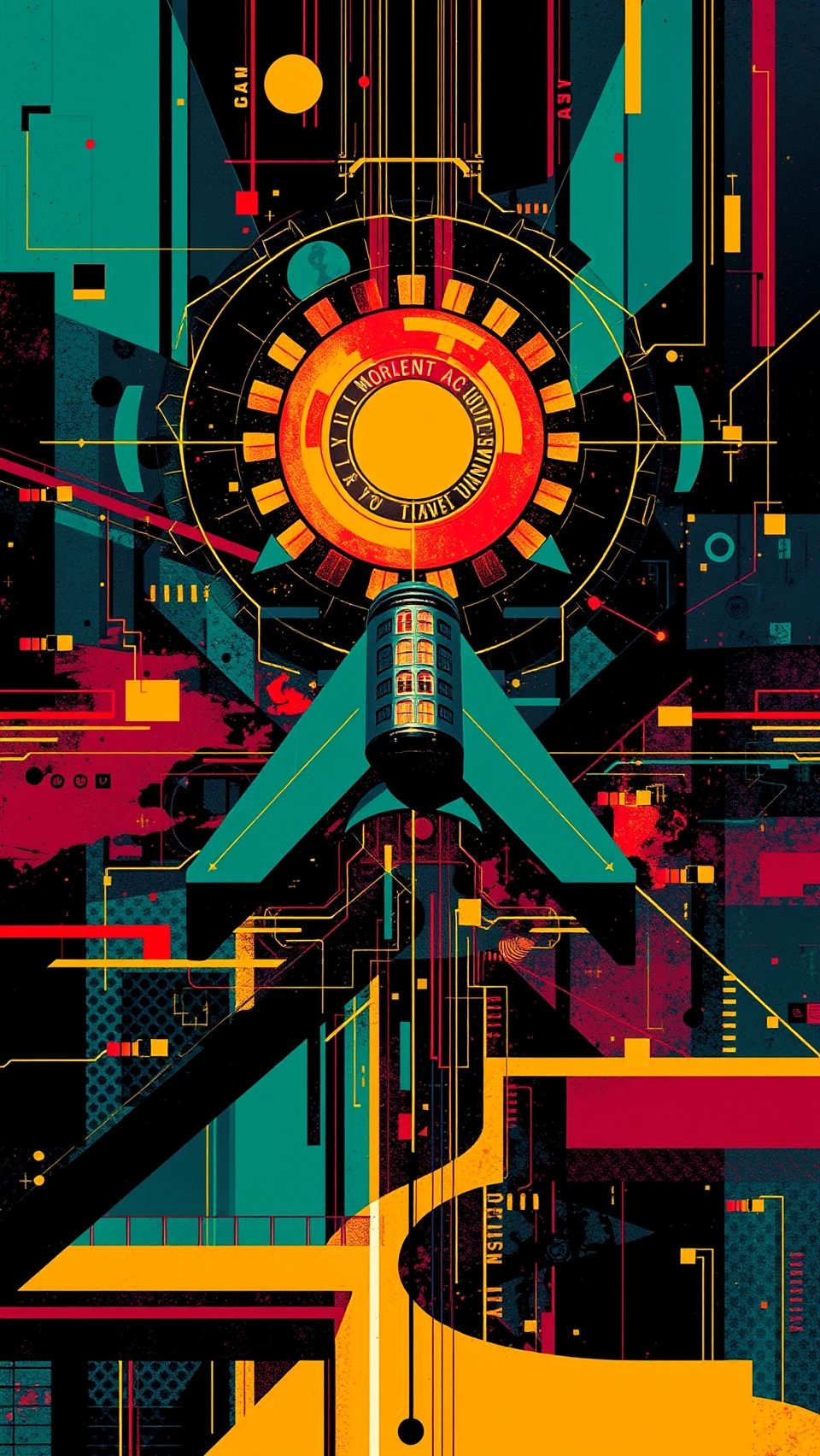Softbank Lands 5375 Billion Robot Empire Amid Push For Revolutionary Physical Ai
SoftBank Group’s $5.375 billion acquisition of ABB’s Robotics division solidifies its …
24. March 2025

David Cronenberg has shed new light on the AI controversy surrounding Adrien Brody’s Hungarian accent in The Brutalist, suggesting that it was not just a matter of creative decision-making, but rather a deliberate campaign against the film by rival Oscar nominees. In an interview at the London Soundtrack festival alongside composer Howard Shore, Cronenberg stated that filmmakers “mess with actors’ voices all the time,” and that the controversy over The Brutalist’s use of AI to enhance Brody’s accent was likely a coordinated effort to undermine the film.
Cronenberg’s comments echoed his own experience with voice manipulation in his 1993 film M Butterfly. In this movie, he used similar techniques to alter John Lone’s voice to convey his character’s transformation from a male opera singer to a female performer. By raising and lowering the pitch of Lone’s voice, Cronenberg aimed to create a more authentic representation of his character’s emotional state. This process, Cronenberg argued, is an integral part of filmmaking, as it allows filmmakers to craft a more nuanced and immersive cinematic experience.
The controversy over The Brutalist began in January when editor Dávid Jancsó revealed that he had used AI to combine Brody’s voice with those of the film’s other lead actors, Felicity Jones and Lili Taylor, to create a more convincing Hungarian accent. While Jancsó defended the practice, stating that it was aimed at preserving the authenticity of the actors’ performances in another language, some critics questioned the need for such manipulation.
The use of AI-generated hybrid voices has been employed in other films as well. A similar technique had been used to enhance Emilia Pérez’s singing voice in Karla Sofía Gascón, which blended her vocals with those of French pop star Camille. This development added fuel to the debate about the role of AI in filmmaking and whether its use was an essential tool for creative expression or a gimmick that undermined the actors’ performances.
Despite the controversy surrounding The Brutalist’s use of AI, Brody’s win for Best Actor at the Oscars appears to have been unaffected. However, Jones, Gascón, and Corbet’s failure to receive recognition suggests that the issue may still be a concern for some in the film industry. Cronenberg noted that the controversy was part of a larger power struggle between rival filmmakers.
The debate over AI-generated voices in filmmaking raises important questions about authorship, creativity, and the role of technology in the cinematic process. While some see the use of AI as a way to enhance performances and create new sonic possibilities, others argue that it undermines the actors’ work and reduces their talent to a set of pre-programmed sounds.
Cronenberg’s comments offer a nuanced perspective on this issue, highlighting the importance of creative decision-making in filmmaking. By embracing experimentation and innovation, filmmakers can push the boundaries of what is possible on screen, creating new and exciting cinematic experiences that engage audiences and challenge conventional notions of acting and performance.
The use of AI in filmmaking also raises questions about the future of talent and the role of technology in shaping artistic expression. As AI continues to evolve and improve, it is likely that we will see more films and performances that incorporate hybrid voices and other forms of digital manipulation. This shift could lead to a new era of cinematic innovation and creativity, but it also poses important questions about what it means to be an artist and how our work is perceived by audiences.
Ultimately, the controversy surrounding The Brutalist serves as a reminder of the complex and often fraught relationship between technology and art. As Cronenberg noted, “it’s just a part of moviemaking,” but one that requires careful consideration and thoughtful decision-making to ensure that it enhances rather than undermines the creative process.